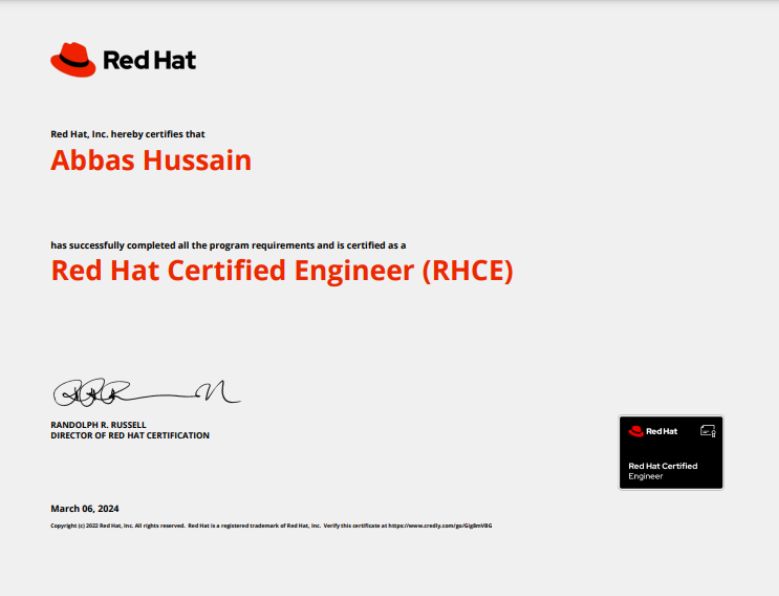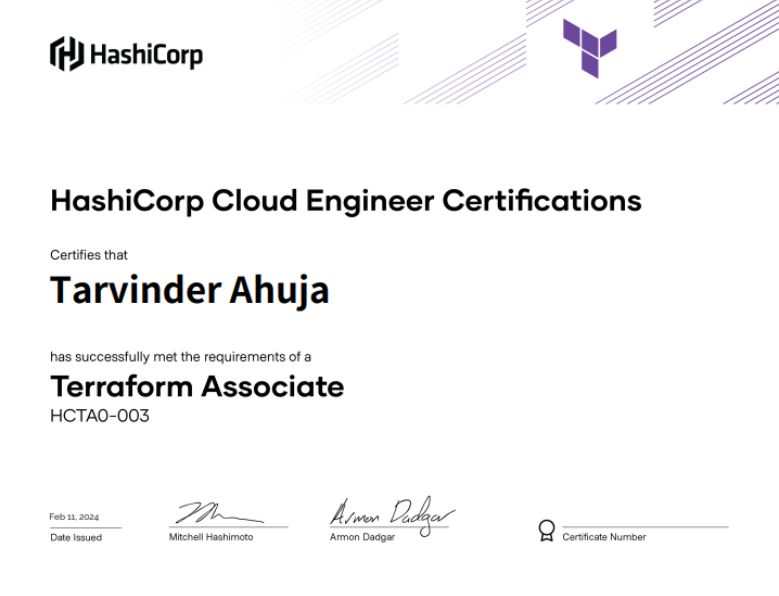DevOps & Cloud Technologies
DevOps Training & Certification
DevOps improves cooperation and efficiency via computerizing framework and work processes and consistently estimating applications execution.

Instructor
Mr. Ram Updhayay

DevOps is transforming the software development landscape by bridging the gap between development and operations teams to enhance productivity and improve software quality. This approach fosters continuous improvement, rapid delivery, and resilience in software applications. With a solid DevOps foundation, teams can streamline processes, enhance communication, and maintain robust application performance through every stage of development.
Our DevOps Training & Certification program at KRNetworkCloud.org is meticulously designed to empower you with the latest DevOps skills and tools. From foundational concepts to advanced techniques, this program prepares you for success in roles like Site Reliability Engineer, DevOps Engineer, and Cloud Architect.
Opting for our DevOps training offers a clear path to gaining comprehensive DevOps expertise through hands-on learning, practical exercises, and insights into industry standards. With a blend of automation tools, CI/CD pipelines, infrastructure management, and real-world projects, our program equips you with the skills to excel in today’s technology-driven workplaces. Our curriculum is well-suited for professionals seeking career advancement and individuals starting their DevOps journey.
Our DevOps training is designed for a diverse range of professionals, including:
Our DevOps training program aims to impart skills in major tools and technologies. Here’s what you can expect to learn:
Each module is designed to provide real-world insights and hands-on experience, making it easier to apply your skills effectively in any DevOps Engineer role.
Students Quiz Sessions
Learning DevOps Tools is more than just adding a new skill to your resume. Here are some compelling reasons why it’s a valuable choice:
By investing in DevOps training, you’re equipping yourself with the skills to thrive in dynamic, technology-driven workplaces.
To maximize the value of our DevOps training, it’s helpful to have foundational knowledge in a few areas:



